Every year, millions of people in the U.S. get the wrong medication, wrong dose, or wrong instructions - not because they misunderstood their doctor, but because a system failed them. It happens in hospitals. It happens at your local pharmacy. And the way these errors occur, and how they’re caught, couldn’t be more different.
How Often Do Medication Errors Happen?
In hospitals, errors are common - shockingly so. One major study found that nearly 1 in 5 doses given to patients contained some kind of mistake. That’s 20%. These aren’t just typos. They’re wrong drugs, wrong times, wrong amounts - sometimes all three. Nurses are giving meds to patients who are already sick, often under pressure, with dozens of pills to manage. It’s a high-stress, high-volume environment. Now, look at your neighborhood pharmacy. The numbers are much lower. Studies show only about 1.5% of prescriptions filled in retail pharmacies contain a dispensing error. That sounds better, right? But here’s the catch: in a pharmacy that fills 250 prescriptions a day, that still means about four errors every single day. Multiply that across the country - 3 billion prescriptions a year - and you’re looking at 51 million errors annually. So hospitals have more errors. But retail pharmacies have fewer checks.Where Do the Errors Happen?
In hospitals, mistakes happen at every step: a doctor writes the wrong dose, a pharmacist misreads the order, a nurse gives it at the wrong time. The biggest problem? The administration phase. That’s when the nurse actually hands the pill or IV to the patient. That’s where most errors are caught - or missed. In retail pharmacies, the error usually happens earlier: during transcription. That’s when the pharmacist reads the doctor’s handwritten or electronic note and types it into the system. A simple misread turns “1 tablet twice a week” into “1 tablet twice a day.” That’s what happened in a well-documented case involving estradiol - a hormone drug. The patient took it daily instead of weekly. She ended up in the hospital. The most common retail pharmacy errors are:- Wrong medication (giving metformin instead of glipizide)
- Wrong dose (50 mg instead of 5 mg)
- Wrong instructions (take with food vs. on empty stomach)
- Wrong patient (mixing up names that sound alike)
Why Do These Mistakes Keep Happening?
In retail pharmacies, the biggest culprits aren’t lazy staff. They’re system design. Pharmacists are juggling 100+ prescriptions a day. They’re interrupted by phone calls, insurance issues, customers asking questions. A 2023 AHRQ report found that 80% of errors come from cognitive overload - mental fatigue, distractions, and poor workflow design. Even automated systems can make things worse. If a machine beeps because two drugs look similar on screen, and the pharmacist is rushing, they might just click “ignore.” In hospitals, the problem is complexity. Patients have multiple conditions, multiple doctors, multiple meds. Communication breaks down. A cardiologist orders a blood thinner. The oncologist adds a chemo drug. The pharmacist doesn’t know the full picture. Staffing is tight. Nurses are stretched thin. One nurse might be responsible for 8 patients. Mistakes happen when people are overworked and under-supported. But here’s the real difference: in hospitals, someone else is watching. The nurse double-checks the name, dose, and time before giving the pill. The pharmacist reviews the order. The electronic system flags interactions. In a retail pharmacy? The pharmacist dispenses the bottle. The patient walks out. No one else checks it.
Who Catches the Mistakes?
This is the most important point. In hospitals, there are layers of safety. The pharmacist dispenses. The nurse verifies. The patient might even be asked to confirm their name and date of birth. If something looks off, someone stops it. That’s why, even with a 20% error rate, fewer patients actually get harmed. Most mistakes are caught before they reach the bloodstream. In retail pharmacies? The patient is the last line of defense. No nurse. No doctor. No system alert. Just you, holding a bottle, reading the label. And most people don’t know what they’re looking at. They trust the pharmacy. They assume it’s right. That’s why a 1.5% error rate is so dangerous. It means 45 million times a year, someone walks out with a prescription that could hurt them - and they have no idea. A 2007 NIH study found that while only 1 in 10,000 retail prescriptions had a serious dispensing error, three out of every 10,000 led to hospitalization. That’s not rare. That’s a public health issue.Are We Doing Anything to Fix This?
Yes - but unevenly. Hospitals have spent decades building safety systems. Barcode scanning reduces errors by up to 86%. Electronic prescribing cuts down on handwriting mistakes. Automated dispensing cabinets limit access to high-risk drugs. Mayo Clinic cut hospital errors by 52% just by integrating their EHR and pharmacy systems. Retail pharmacies are catching up - slowly. CVS Health rolled out AI-powered verification in 2022. It flagged mismatched doses and duplicate therapies. They cut errors by 37%. California now requires pharmacies to report all dispensing errors to the state board. Other states are following. But most community pharmacies still rely on human vigilance. One pharmacist checks the script. Another checks the bottle. That’s it. No AI. No barcode. No electronic alert. And many still fear reporting errors because they think they’ll get fired. The National Coordinating Council for Medication Error Reporting and Prevention says we need a culture of safety - not blame. People make mistakes. Systems should catch them. That’s true in hospitals. It’s not yet true in most pharmacies.
What’s the Real Cost?
The economic toll is massive. Medication errors cost the U.S. over $177 billion a year. That includes hospital stays, emergency visits, lost wages, and long-term care. In hospitals, treating drug-related injuries costs at least $3.5 billion a year. But because patients are already in the hospital, many of those costs were going to happen anyway. The incremental cost per error is lower. In retail pharmacies, the cost per error is higher. A wrong blood thinner leads to a stroke. A wrong insulin dose leads to a coma. A wrong antibiotic leads to a resistant infection. These patients show up in the ER - alone, unprepared, and without warning. That’s expensive. And preventable. Dr. David Bates from Harvard put it simply: “Hospital errors are more frequent but have more safety nets. Community pharmacy errors are less frequent but more likely to reach the patient unchecked.”What Can You Do?
You’re not powerless. Even if you’re not a doctor or pharmacist, you can protect yourself:- Ask for the pill bottle label to be read aloud - don’t just take it and go.
- Compare the pill to the last bottle - color, shape, markings. If it looks different, ask why.
- Know your meds - what they’re for, what the dose is, how often to take them. Don’t assume the label is right.
- Use one pharmacy - it helps them track your full medication history and catch interactions.
- Report anything suspicious - even if you’re not sure. Pharmacies need to know when something’s wrong.
What’s Next?
The future of medication safety is tech - but only if it’s used right. AI that flags dose mismatches. Apps that scan pill labels and compare them to your prescription. Real-time alerts when a new drug clashes with an old one. The FDA’s Digital Health Center of Excellence is testing these tools in pilot programs. Early results show up to 63% fewer transcription errors. That’s huge. But technology alone won’t fix this. We need better training. Better staffing. Better systems. And most of all, we need to stop treating pharmacy errors as “human mistakes” and start treating them as system failures. Because when it comes to your health, no one should have to be the last line of defense.Are medication errors more common in hospitals or pharmacies?
Hospitals have higher error rates - about 20% of doses contain some kind of mistake. Retail pharmacies have lower rates - around 1.5% of prescriptions. But because hospitals have multiple safety checks, fewer errors reach patients. In pharmacies, the patient is often the only check, so even fewer errors occur, but more reach people undetected.
What are the most common types of pharmacy dispensing errors?
The most common errors are giving the wrong medication, wrong dose, or wrong instructions. Transcription mistakes - like misreading “twice a week” as “twice a day” - are especially dangerous. These often happen when pharmacists are rushed or distracted. Brand-name and generic drugs with similar packaging also increase risk.
Why are hospital medication errors harder to prevent?
Hospitals deal with complex patients on multiple drugs, with frequent changes in treatment. Communication gaps between doctors, nurses, and pharmacists are common. High patient volume, shift changes, and understaffing make errors more likely. Even with safety systems, the sheer complexity of care makes mistakes harder to eliminate entirely.
Can technology reduce medication errors?
Yes. Barcode scanning in hospitals reduces administration errors by up to 86%. AI-powered prescription verification in pharmacies, like the systems CVS Health rolled out in 2022, cut dispensing errors by 37%. Electronic prescribing eliminates handwriting errors. But tech only works if it’s used properly - and if staff aren’t trained to ignore alerts.
What should I do if I think I got the wrong medication?
Don’t take it. Call the pharmacy immediately and ask them to confirm the medication, dose, and instructions. Compare the pill to your last prescription - color, shape, imprint. If something doesn’t match, ask why. If you’re unsure, contact your doctor. It’s better to be safe than sorry. Most pharmacies will replace the medication at no cost if it’s their mistake.
Why don’t pharmacies report more errors?
Many pharmacists fear punishment or blame. Reporting an error can feel like admitting failure. But the best systems - like those in top hospitals - encourage reporting without blame. California now requires pharmacies to log all errors for state review. Other states are starting to follow. Only by knowing what’s going wrong can we fix it.
How can I reduce my risk of a medication error?
Use one pharmacy for all your prescriptions so they can track interactions. Keep a list of all your meds - including supplements - and bring it to every appointment. Ask your pharmacist to explain each new drug. Don’t assume the label is correct. If a pill looks different, ask. And never be afraid to say, “Can you double-check this for me?”

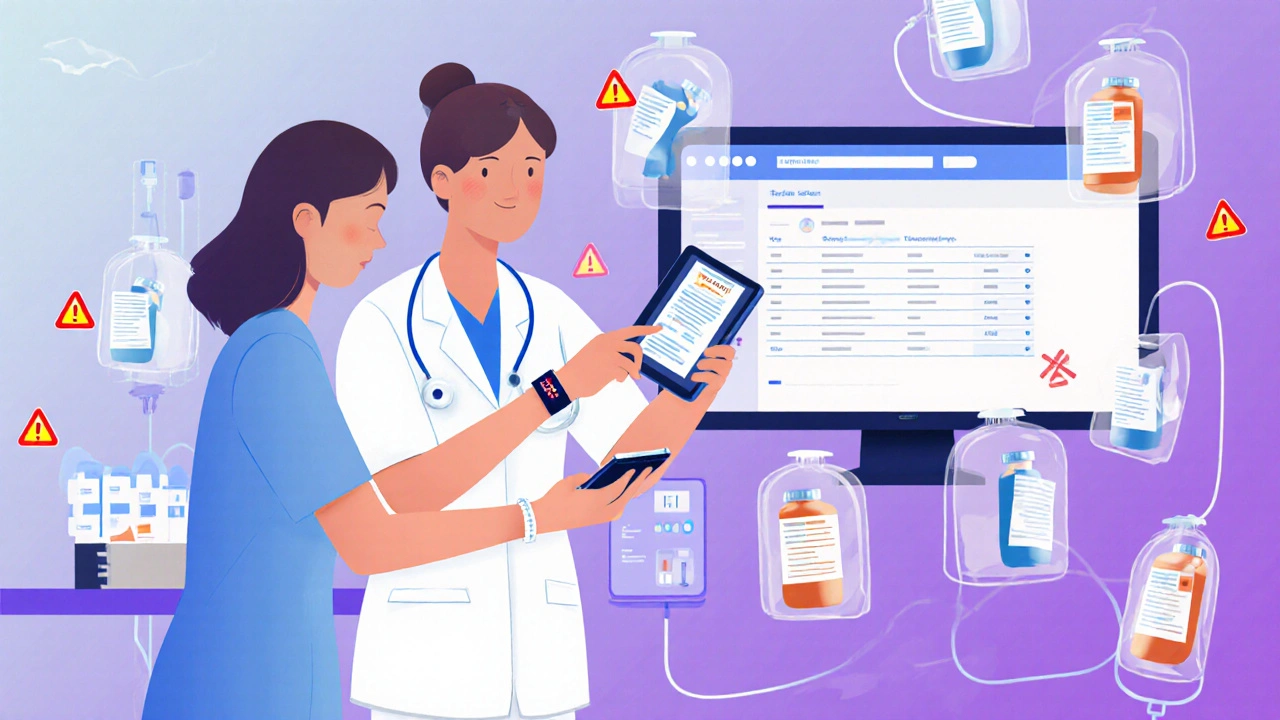
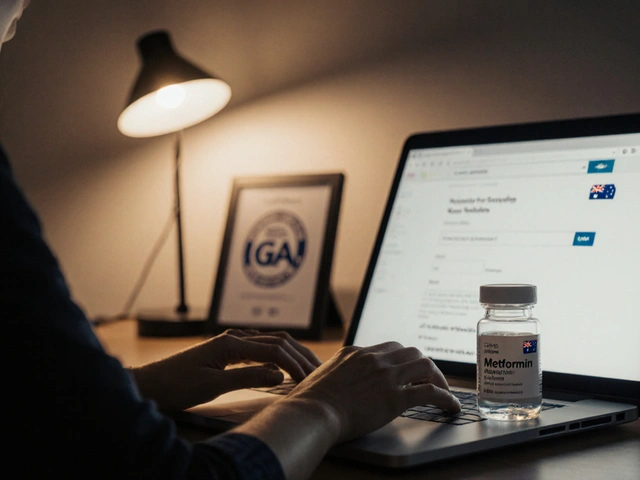
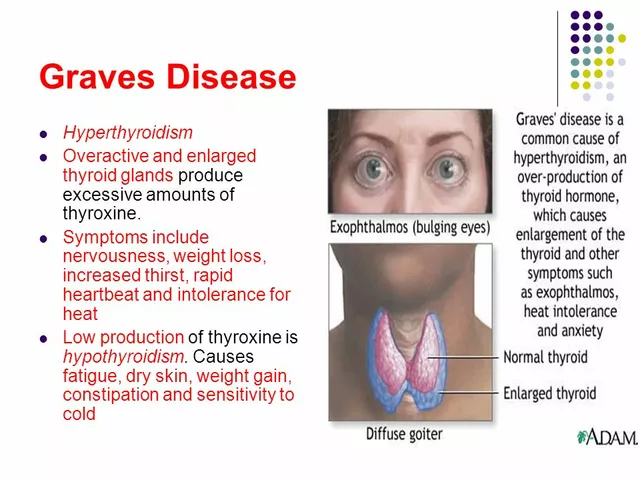
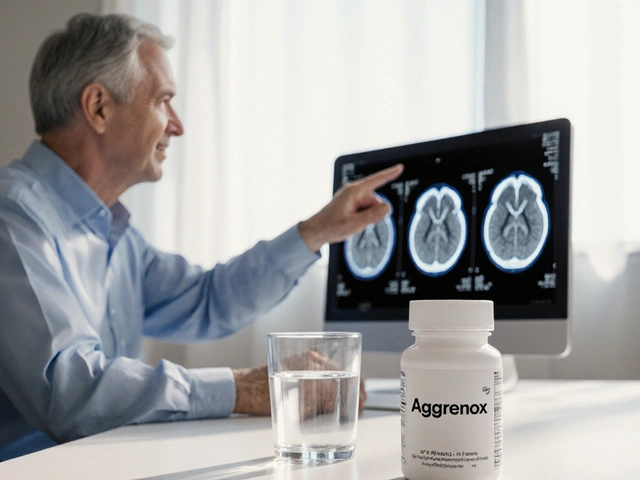
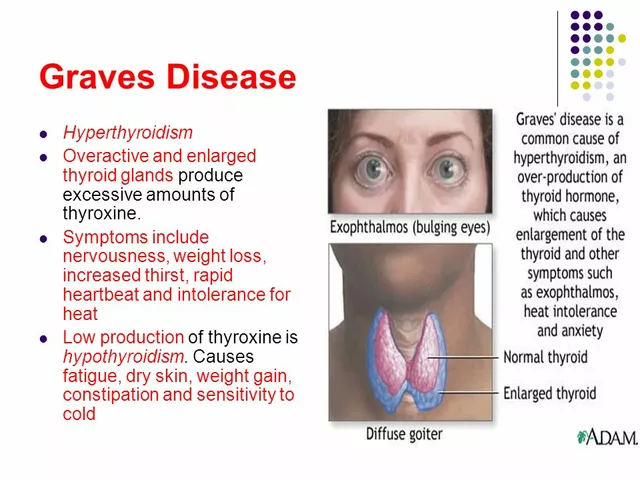

luke young
November 24, 2025 AT 07:04